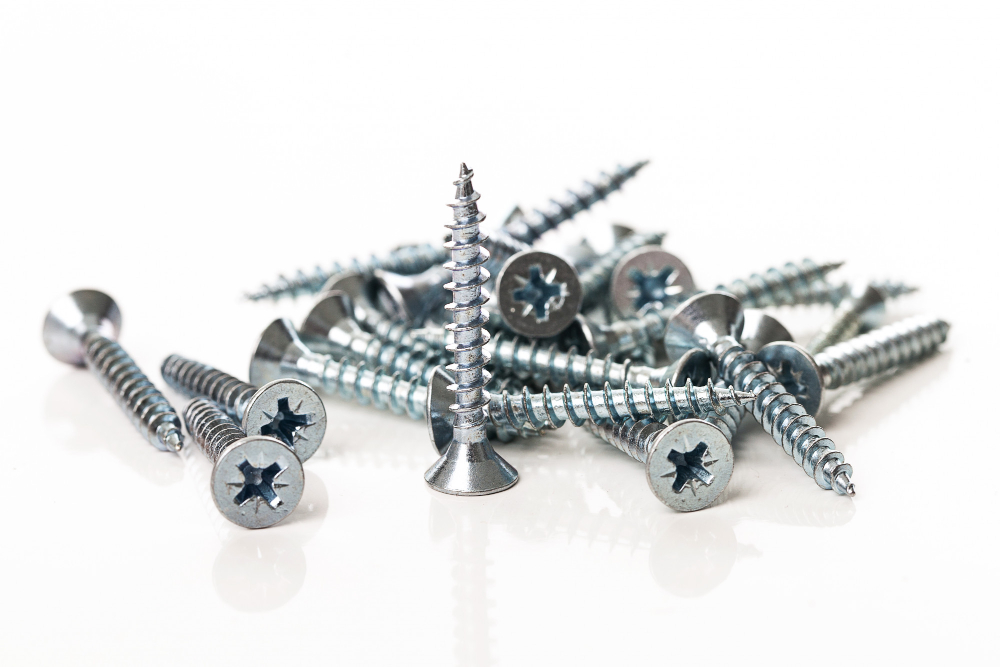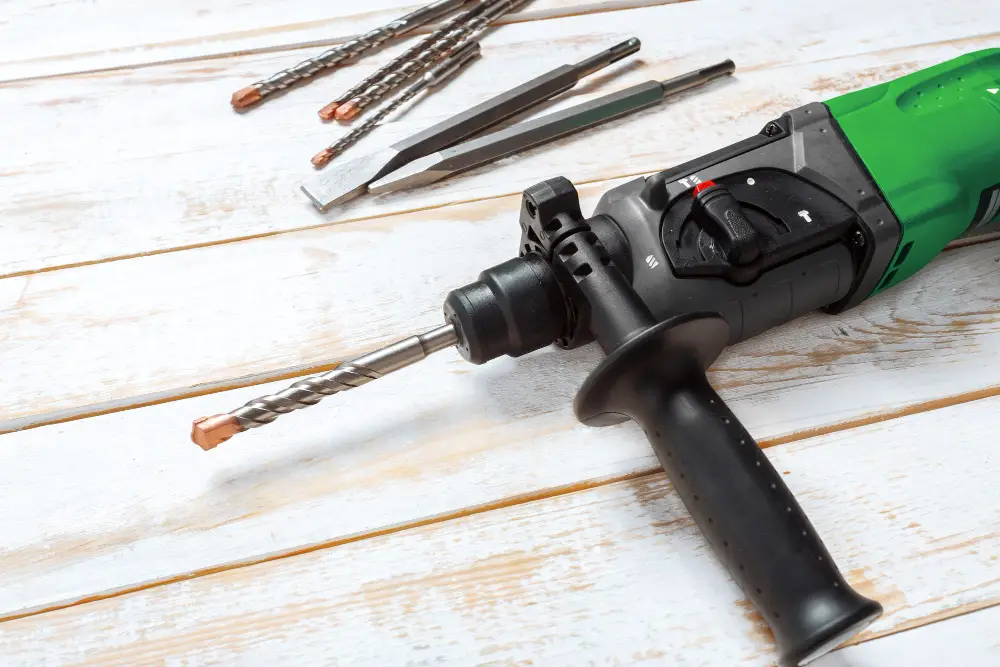Drilling involves creating a hole in the material using a drill bit, while tapping is the process of creating internal threads inside a pre-drilled hole.
Drilling

Drilling is a fundamental technique used to create holes in various materials, such as metal, wood, or plastic. It involves using a drill bit that rotates at high speeds to remove material and form the desired hole. The drill bit typically has sharp edges that cut into the material, creating chips that are expelled from the hole.
Tapping

Tapping is a process that involves creating internal threads in a hole or opening. Unlike drilling, which creates holes by removing material, tapping forms threads within an existing hole. This allows for the insertion of screws, bolts, or other threaded fasteners.
During the tapping process, a tap is inserted into the pre-drilled hole with rotational force applied either manually or using a power tool. As the tap rotates and moves deeper into the hole, it cuts grooves along its path creating internal threads.
Drilling Vs. Tapping – Key differences
One major difference is the purpose of each process. Drilling involves creating a hole by removing material using a rotating drill bit. This is typically done to prepare for other operations such as threading or inserting fasteners. On the other hand, tapping is specifically used to cut threads into an existing hole, allowing for the insertion of screws or bolts.
| Drilling | Tapping | |
|---|---|---|
| Purpose | Creating holes in various materials for different purposes | Creating internal threads in pre-drilled holes for fastening screws or bolts |
| Tool Used | Drill machine or drill press with drill bits | Tap (specialized tool) |
| Process | Rotating the drill bit to remove material and create a hole | Rotating the tap into the pre-drilled hole to cut and form internal threads |
| Result | Hole of various diameters | Threaded hole matching the tap size and pitch |
| Material Removal | Material is removed to create a hole | Minimal material removal, as the tap cuts and forms threads |
| Usage | When a hole is needed without threading | When threaded holes are required for fastening elements |
| Application Examples | Creating openings, routing wires, inserting fasteners | Assembling parts, repairing damaged threads, customizing components for fastening |
Advantages of drilling
One of the key advantages of drilling is its versatility. With different types and sizes of drill bits available, you can easily customize the size and shape of your holes based on your specific needs. Whether you’re mounting shelves on a wall or constructing a piece of furniture, drilling provides precise control over hole size and depth.
Another benefit of drilling is its efficiency. With modern power drills equipped with adjustable speed settings, you can quickly bore through materials without much effort. This makes drilling ideal for projects that require multiple holes or involve working with harder substances like metal.
Advantages of tapping
Tapping offers several advantages over drilling when it comes to creating threaded holes. It eliminates the need for additional tools like nuts or inserts since threaded fasteners can directly engage with tapped holes. Additionally, tapping provides stronger connections due to increased thread engagement compared to drilled holes with inserts.
In certain situations where space is limited or access is difficult, tapping may be preferred over drilling because it requires only one tool rather than multiple steps involving different drill bits and taps of varying sizes.
When to use Drilling?
Creating Holes: Drilling is primarily used to create holes in various materials, such as wood, metal, plastic, or concrete. These holes can serve different purposes, including inserting fasteners like screws or bolts, routing wires, or creating openings for pipes or cables.
Installation: Drilling is necessary when installing hardware or fixtures that require anchor points. Examples include mounting shelves, hanging pictures or mirrors, installing curtain rods, or attaching brackets.
Woodworking: Drilling is extensively used in woodworking projects, such as joinery, furniture making, or crafting wooden objects. It allows for the connection of different wood pieces using screws, dowels, or other fasteners.
Construction and Renovation: In construction and renovation projects, drilling is crucial for tasks like installing electrical outlets, plumbing fixtures, ventilation systems, or drilling holes for wiring and piping.
Metalworking: Drilling is commonly employed in metalworking industries for tasks such as creating holes for assembly, fabricating metal components, or preparing surfaces for welding or riveting.
When to use Tapping?
Fastening: Tapping is used when you need to create threaded holes to accommodate screws, bolts, or other fasteners. By tapping the holes, you can directly screw in the fasteners, providing a secure and reliable connection.
Assembly: Tapping is often employed in manufacturing and assembly processes to create threaded holes in metal or plastic components. This allows for easy and efficient assembly of different parts without the need for additional nuts or inserts.
Repair and Maintenance: Tapping is useful when repairing or replacing damaged threads in existing holes. By tapping new threads, you can restore the functionality of the threaded hole without needing to replace the entire component.
Threaded Inserts: Tapping is necessary when installing threaded inserts in materials that do not have pre-existing threads. Threaded inserts provide a robust threaded connection in materials like wood, plastic, or soft metals.
Customization: Tapping can be utilized for custom projects or modifications where creating specific threaded holes is required. This may include creating unique mounting points, adding specialized hardware, or adapting existing components to suit specific needs.
What is threading?
What is threading? It’s a technique used in machining to create threads on the inside or outside of a hole. Threading is commonly used in applications where screws, bolts, or other fasteners need to be securely attached.
The process involves cutting grooves into the material using a tool with matching thread profiles. This creates helical ridges that allow for easy insertion and tightening of threaded components. Threading can be done manually or with the help of machines like lathes or tapping machines.
One key advantage of threading is its ability to provide strong and reliable connections. The interlocking nature of threaded surfaces ensures that fasteners remain firmly in place, even under heavy loads or vibrations.
Image Credits
Featured Image By – rawpixel.com on Freepik
Image 1 By – Racool_studio on Freepik
Image 2 By – fabrikasimf on Freepik








